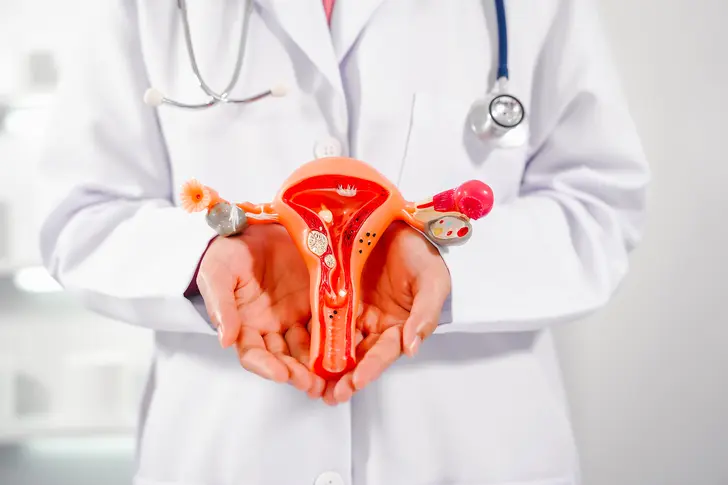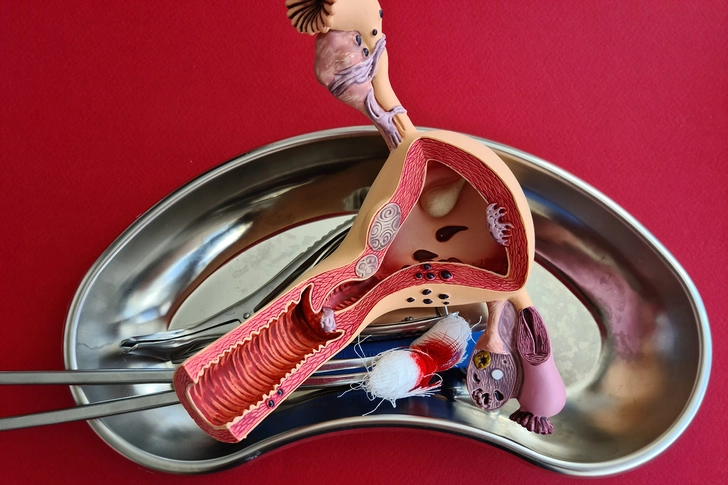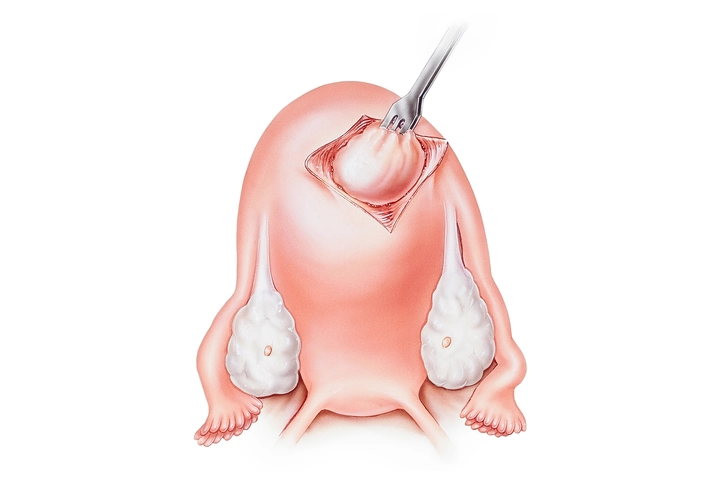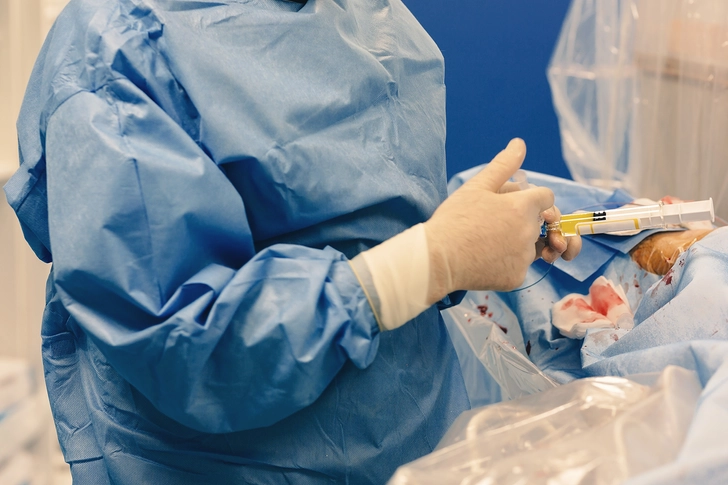Surgery for Uterine Fibroids


What Are Uterine Fibroids?
Uterine fibroids are noncancerous growths that develop in the uterus, or womb. They can cause symptoms like heavy menstrual bleeding or pain. Having fibroids doesn't keep you from getting pregnant, but sometimes they cause a miscarriage or pregnancy complications. Your doctor may recommend surgery for fibroids.

Hysterectomy: Uterus Removal
Hysterectomy removes fibroids while also removing the uterus. Your fibroids won't return, but you also won't be able to get pregnant. If you want to keep your ability to have children or want to preserve your uterus, then you should consider a myomectomy.

Myomectomy: Fibroid Removal
With a myomectomy, the surgeon removes fibroids while keeping the uterus intact. It's a good option if you wish to have children in the future. A myomectomy can relieve heavy bleeding and pain and may improve fertility if the fibroids are large or inside the uterine wall or under the uterine lining.

Laparoscopic Myomectomy: Minimally Invasive
There are several different types of myomectomy. Laparoscopic myomectomy uses small incisions and a camera to remove fibroids. This minimally invasive procedure results in less pain and quicker recovery compared to traditional myomectomy.

Robotic Myomectomy: Precision Surgery
Robotic myomectomy is a type of laparoscopic myomectomy in which the surgeon uses controls to direct surgical instruments attached to robotic arms to remove fibroids that are numerous or deep in the uterine wall.

Uterine Artery Embolization
Uterine artery embolization blocks blood flow to fibroids, causing them to shrink. This less invasive procedure offers a shorter recovery period. It is best for people with small fibroids.

Post-Surgery Recovery
Depending on the type of surgery you had, your recovery period can be anywhere from 2 days to 6 weeks. You'll need to avoid lifting anything heavy and take other precautions until you have healed. You'll need to wait 3-6 months before trying to conceive to give your uterus time to heal.
Photo Credits:
1) NTshutterth/Shutterstock
2) NMK-Studio/Shutterstock
3) Medical Art Inc/Shutterstock
4) iStock/Getty Images
5) Gorodenkoff/Shutterstock
6) MAD.vertise/Shutterstock
7) pdsci/Shutterstock
SOURCES:
WomensHealth.gov: "Uterine fibroids fact sheet."
Mayo Clinic: "Myomectomy - Risks," "Uterine Fibroids - Treatment."
Cleveland Clinic: "Treatments & Procedures -- What is Hysteroscopy?" "Myomectomy."
American Congress of Obstetricians and Gynecologists: "Uterine Fibroids," "Laparoscopy."
New York State Department of Health: "Uterine Fibroids."
UCSF Medical Center: "Myomectomy."
American Journal of Obstetrics and Gynecology: "The Health Disparities of Uterine Fibroids for African American Women: A Public Health Issue."
Mount Sinai: "Uterine fibroids and hysterectomy."
Johns Hopkins Medicine: "Myomectomy."
UAB Medicine: "Hysteroscopic Myomectomy."
Emory University School of Medicine: "Abdominal Myomectomy."
WeillCornell Medicine: "Laparoscopic and Robotic Myomectomy."
Atlanta Fibroid Center: "Hysteroscopic Myomectomy."
Department of Health, State Government of Victoria, Australia: "Myomectomy."
Yale Medicine: "What are the risks associated with myomectomy?"
Contemporary OB/GYN Journal: "Alternatives to traditional surgery for fibroids."
British Fibroid Trust: "Manage Your Fibroids."
Journal of the American College of Radiology: "Invasive Procedural Treatments for Symptomatic Uterine Fibroids: A Cost Analysis."
InformedHealth.org: "Uterine fibroids: Surgery."
Arizona Gynecology Consultants: "Side Effects of Untreated Uterine Fibroids."
Department of Health, State Government of Victoria, Australia: "Myomectomy."
Yale Medicine: "What are the risks associated with myomectomy?"
Contemporary OB/GYN Journal: "Alternatives to traditional surgery for fibroids."
British Fibroid Trust: "Manage Your Fibroids."
Journal of the American College of Radiology: "Invasive Procedural Treatments for Symptomatic Uterine Fibroids: A Cost Analysis."
InformedHealth.org: "Uterine fibroids: Surgery."
Arizona Gynecology Consultants: "Side Effects of Untreated Uterine Fibroids."